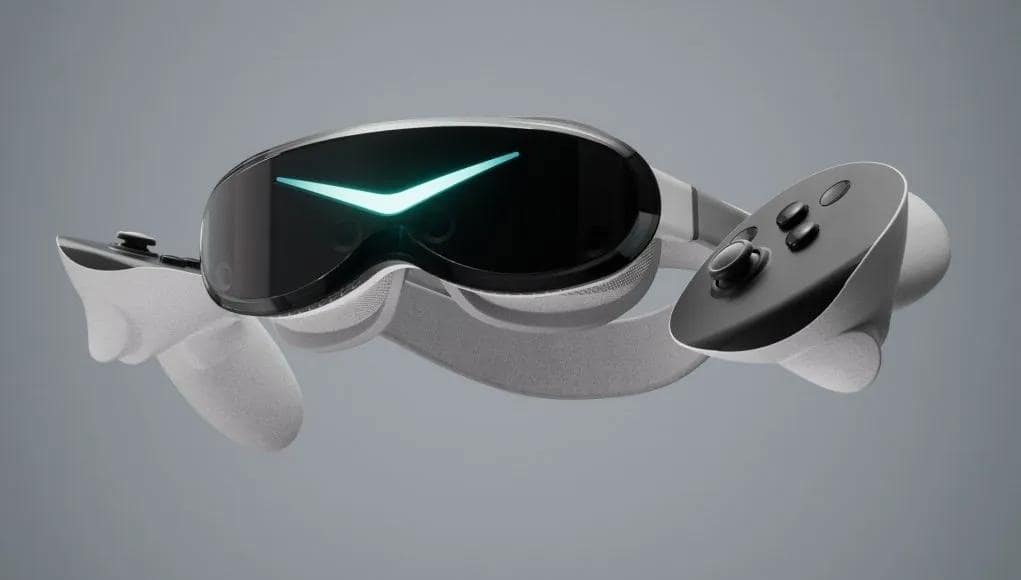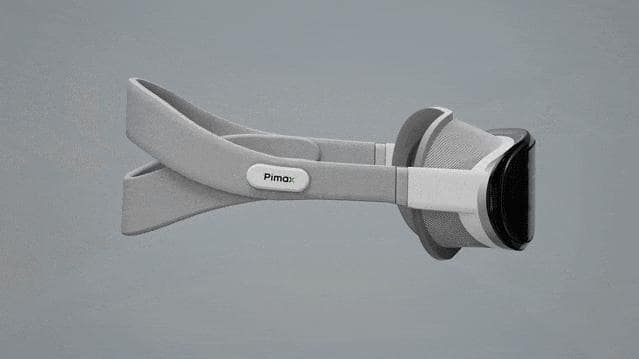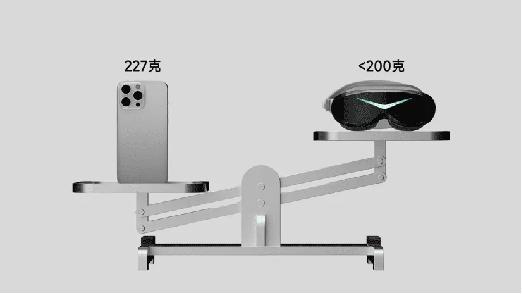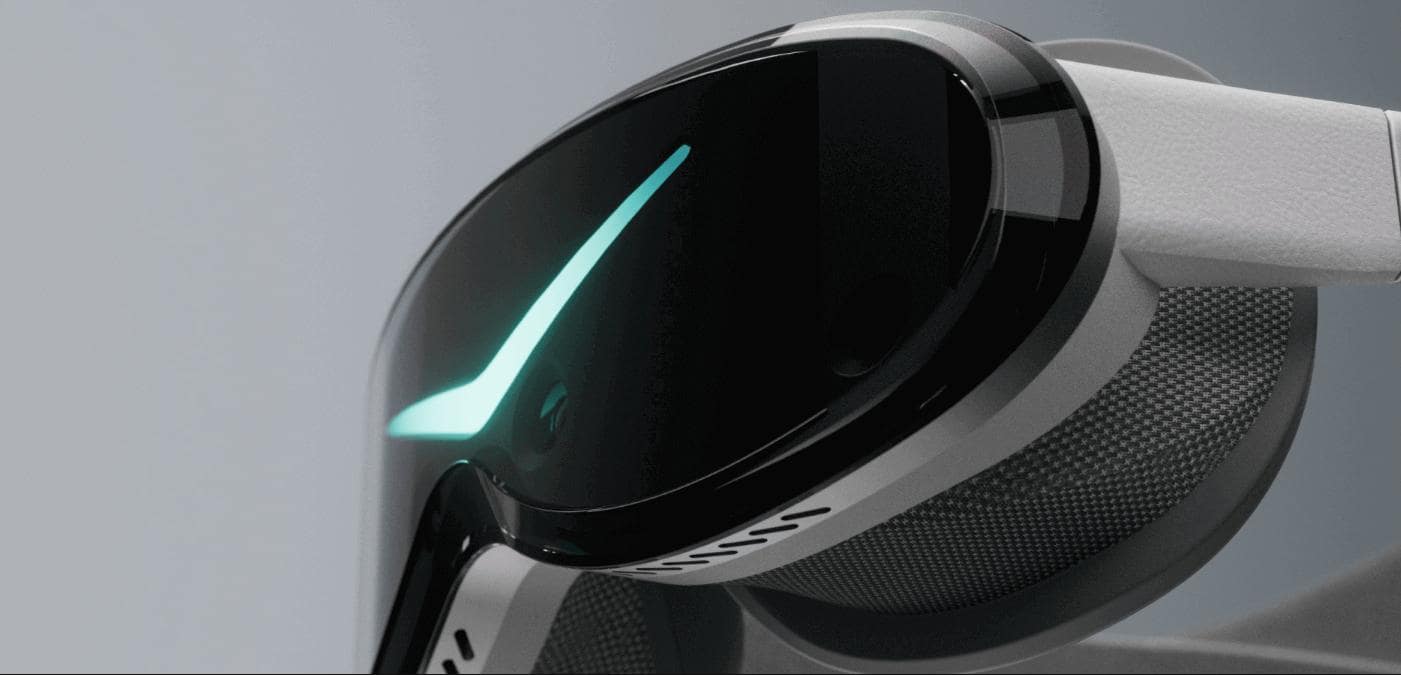
As a global leader in high-end VR devices, Pimax has consistently been at the forefront of industry technological innovation. From pioneering the 8K series with ultra-wide field of view to breaking human eye limits with Crystal Super retina-level VR, Pimax continues to lead the direction of VR display technology development. This time, while maintaining high-end performance, Pimax is exploring a new dimension in VR technology - ultimate lightweight design.

Perfect Combination of "Slim" and "Full-Featured" 8K VR Headset
Just as the automotive industry has both compact sedans and SUVs, and the laptop market has both slim MacBook Air and powerful MacBook Pro, the VR industry also needs diverse product forms to meet different scenario requirements.
This is the original intention behind the Dream Air. Pimax has launched multiple product series based on different user needs: if users pursue ultimate performance without compromise, Crystal Super is the best choice; if users desire portability without compromising visual experience, Dream Air is created for such demands.
"Compared to the Crystal series, which prioritizes visual clarity, there's no superiority or inferiority between the two; they are optimal solutions for different usage scenarios. These two product lines will continue to develop in parallel to meet diverse user needs," said Zhang Chong, Founding Partner and President of Pimax.
According to reports, Dream Air uses two Micro-OLED screens with a resolution of 3840×3552, supporting HDR and 90Hz refresh rate, with an FoV of 102°. The product adopts an Inside-Out tracking solution and supports controller input, gesture interaction, automatic IPD, and eye tracking features. Notably, Micro-OLED is one of the display technologies that Pimax has long focused on and deeply researched.
"Pimax has always maintained focus on this technological path without blindly following trends. Although there are several slim models using Micro-OLED solutions in the market, Pimax believes that an excellent VR product shouldn't sacrifice core functions just to pursue slimness," Zhang Chong stated.
The timing of Dream Air's birth comes as technology has finally matured, allowing it to maintain a slim body while fully preserving all functions expected in high-end VR devices. Most notably, it uses Pimax's proprietary inside-out positioning technology, requiring no additional base stations for plug-and-play convenience. Additionally, the built-in eye-tracking technology - rare in slim VR products - provides users with more precise view control and natural interaction experience, supporting not only automatic pupillary distance adjustment (Auto-IPD) but also advanced features like dynamic foveated rendering. This makes Dream Air the first 8K VR headset on the market to truly achieve perfect integration of "slim" and "full-featured."
"Pimax consistently focuses on providing practical application value to users. Just as the Crystal series has become core equipment in flight simulation and racing simulation fields, this Dream Air, weighing less than half a can of cola, will bring tangible value experiences to users, rather than just surface-level technology demonstrations," said Zhang Chong.

Not Just Slim, But "Having It All"
Besides inside-out positioning and built-in eye tracking technology, what other surprises does Dream Air bring?
In terms of audio systems, Dream Air integrates high-quality stereo speakers and microphones, eliminating the inconvenience of wearing additional headphones. For nearsighted users, the product offers a magnetic prescription lens solution, ensuring clear visual experience for every user. The product adopts an innovative vapor chamber cooling design, ensuring stable operation while maintaining lightweight characteristics.
Particularly noteworthy is Dream Air's innovative smart auto-adjusting headband design. Like the self-lacing sneakers in "Back to the Future," users only need to press the central button, and the headset automatically adjusts to the most suitable position and tightness, delivering a futuristic user experience. Combined with the lightweight Type-C DP transmission cable, users can enjoy ultimate comfort while pursuing high clarity. These optimized details fully demonstrate Pimax's deep consideration of user experience, perfectly interpreting the fusion of technology and humanity.
In terms of design, Dream Air has also undergone revision. It adopts a modern minimalist design language, with soft curved contours showing stronger fashion sense and approachability. This design philosophy shift not only makes the product more suitable for daily portable use but also indicates that VR devices are transitioning from professional tools to life companions.

"Dream Air's development crystallizes the company's nearly decade-long technological accumulation in the VR field," Zhang Chong stated. From chip design to optical systems, from ergonomics to software algorithms, every detail reflects Pimax's pursuit of excellence. "This product can be said to be the culmination of current technology."
Opening a New Era of All-Scene VR
"The weight and volume of VR devices have always been important factors limiting their popularization," industry expert Tally points out. "With breakthrough progress in lightweight design by industry leaders like Pimax, VR technology has finally entered a true lightweight era. Dream Air not only achieves unprecedented slimness but also maintains the complete functionality expected of high-end VR devices, which will open a new chapter for VR's widespread application in education, office work, entertainment, and other fields."
As VR application scenarios continue to expand, user demand for device portability is increasing. Whether watching virtual big-screen cinema on the home sofa, freely moving in social platforms like VRChat, or enjoying a portable theater experience while traveling, Dream Air will bring users unprecedented usage experiences.
"VR devices shouldn't be limited to fixed-scene use," expert Tally points out. "Dream Air's lightweight breakthrough will allow VR to truly integrate into users' daily lives. This not only enhances user experience but will also open up new application scenarios for VR technology. The launch of this product marks the official entry of the VR industry into the portable era."
















